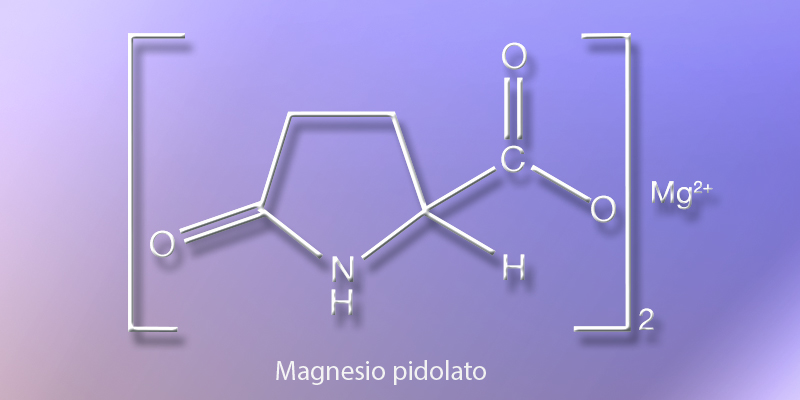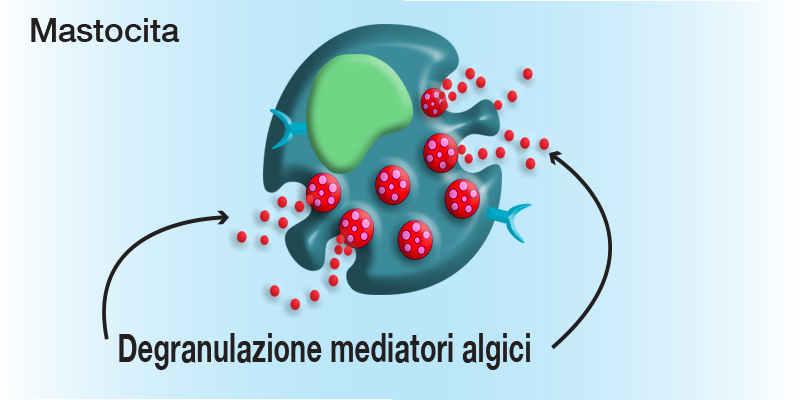PALMITOYLETHANOLAMIDE (PEA): WHAT IS IT?
PEA is a physiological substance normally produced by many cells in our body. In particular, it is found in very high concentrations in brain tissues and is synthesized starting from the lipid components of cell membranes. It is normally present in many of the foods we eat every day such as eggs, peas, tomatoes and soya.
It was identified as an active ingredient in 1957 and the Nobel prize laureate Rita Levi Montalcini interpreted its mechanism of action in 1993.
THE ROLE OF PEA
At the organism level, PEA is therefore an endogenous factor that is produced when needed and functions as a biological modulator of chronic pain of various types linked to the activation of inflammatory and painful processes in particular cells of the body.
In particular, PEA limits the release of pro-inflammatory and pain mediators by blocking the degranulation of mast cells and the activation of microglia cells at the spinal cord level, making it extremely effective in relieving chronic pain in various common pathologies when in an inflammatory state.
Numerous studies have shown that PEA acts independently on the cause of pain and is able to normalize the physiological activity of the tissue involved.
TOLERABILITY OF PEA
Considering that PEA is an endogenous modulator, i.e. a substance normally produced by our body, no side effects or interactions with other drugs have been reported, therefore making it an effective remedy in the treatment of numerous diseases associated with chronic pain which usually respond poorly to standard drug remedies.
PEA-EXOGENOUS
The exogenous administration of PEA allows the replenishing of the correct physiological reserves of this substance which can be altered or reduced by particular situations of the body.

PEA AND MAGNESIUM
The Combination of PEA and magnesium pidolate, a particular organic salt of this element, characterized by an optimal bioavailability that enhances its physiological properties at the muscular and nervous level, can be particularly useful as an adjunct in the course of chronic pelvic pain sustained by hyperactivity visceral.
For further information, please use the contact form which is available via the menu at the top of the page.



